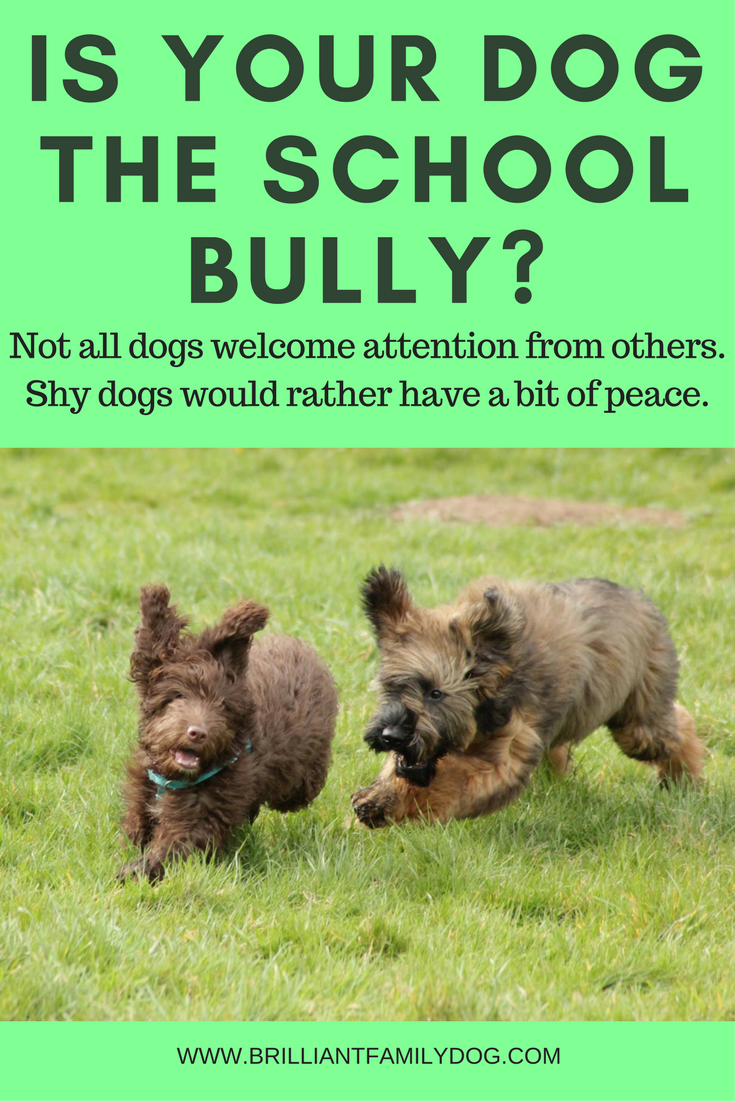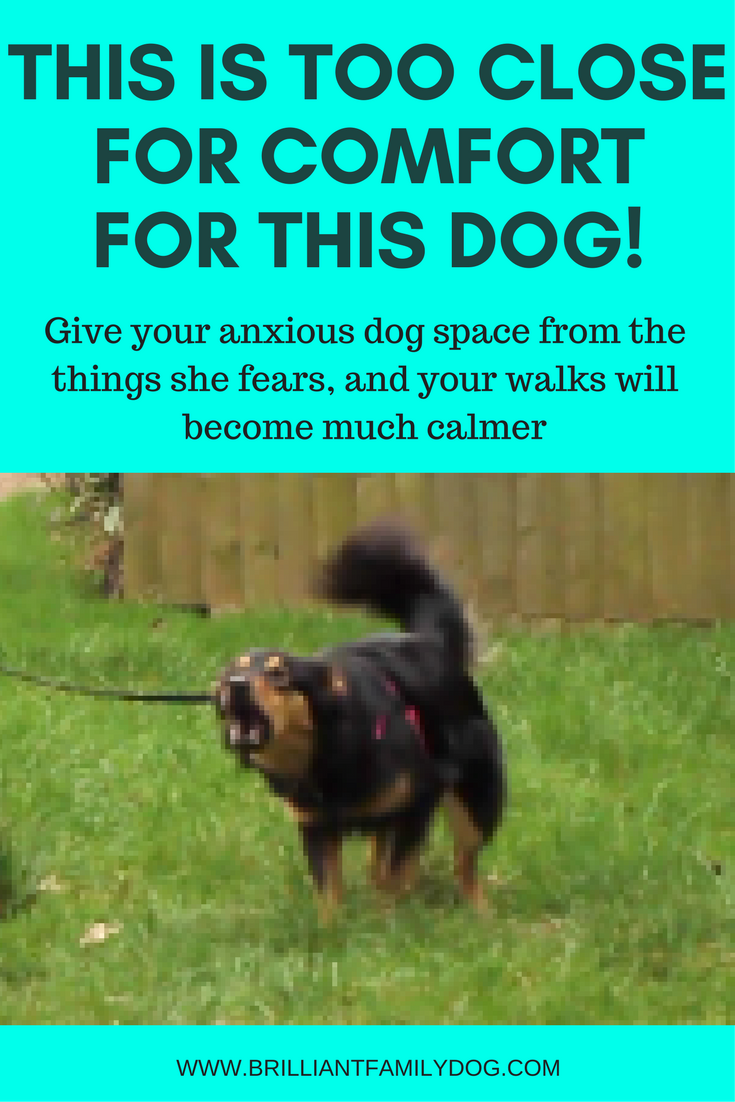This article was first published on 4knines.com and is reprinted here with permission.
That sweet pup who at a couple of months old was so adorable that you wanted to show her off to everyone, has gained half a year and grown horns!
She barks and lunges at every dog or person she sees – and you wouldn’t want anyone to see your dog now … So you only walk her at The Hour of the Difficult Dog. You’re embarrassed. Confused. What have you done wrong?
What she’s showing is a fear reaction which can appear in adolescence.
It may have resulted from not meeting enough dogs and people in her first few weeks with you; it may be that some time another dog or person gave your pup a fright; it could just be that she’s cautious and fearful by nature.
It’s not wrong or bad – it’s just the way she is. And you still love her to bits!
So how can you improve this and get your fluffpup back again?
For help with your reactive, anxious, aggressive, “growly” dog, get our free email course here.
THIS FREE ECOURSE IS A BONUS FOR YOU WHEN YOU SIGN UP TO RECEIVE EDUCATIONAL EMAILS AND OCCASIONAL OFFERS FROM ME. YOU CAN UNSUBSCRIBE AT ANY TIME.
Privacy Policy
Privacy Policy
1. Understand
Your dog is not aggressive or nasty - she’s afraid. The reason she’s barking and lepping about on the lead when she sees another dog or person or bike is that she’s trying to keep them away! Quite often this apparently aggressive display will do the trick, and either the other walker heads off, or you drag your dog away in embarrassment and confusion. Once she’s upset and the hormones are flying around her body, she’ll be quicker to react to the next frightening thing she sees.
2. Make Distance
If your child had a fear of spiders you wouldn’t keep confronting him with the wiggly beasties. So, for the time being, avoid confrontations with other dogs. Walk where you won’t have dogs “in your face”. Turn and go the other direction when a dog is walking towards you along the street. Just knowing that she never has to meet another dog or person will take a lot of the pressure off your dog and allow her to keep calm.
3. Get rid of any gadgets or collars that hurt her
It stands to reason that if, every time you saw a red van someone choked you with a prong or chain collar or – worse still – gave you an electric shock, you would soon get very anxious about red vans. You would try to get away from them, and if you saw one coming you’d probably start to scream in fear of the anticipated pain. So ditch all those things that people tell you are the answer, and just have your dog on a comfortable, soft, flat collar and a good length lead so she can move freely.
4. Change her Perception of Dogs and People
Before you set out on your walk, load your pockets with tasty treats that you know your dog will sell her soul for. Tiny cubes of cheese or hot dog will do the trick, or high-quality grain-free treats may work. Every time you see something coming, pause - and post treats into your dog’s mouth as she watches them. Treat, treat, treat … very fast. Be sure you keep beyond the distance at which she usually gets worried. Stop feeding once the hazard has gone away. If you are consistent with this, she’ll soon see a strange dog or person, turn to you and say, “Where’s my treat?” Result!
5. Still afraid your dog may bite?
You need to find a certified force-free trainer who understands how to help fearful dogs. Be aware that using any sort of force or punishment in this situation will make things worse. If your dog has already bitten or you’re really afraid she will, you can acclimatise your dog gently to a basket muzzle. Use the system at no.4 above so that she is delighted at the sight of her muzzle. The muzzle has the added benefit of keeping people and their dogs at a distance – just what you want for now!
Follow Steps 1 – 4 above and you’ll start to build your dog’s confidence and be able to enjoy your walks again.
For help with your reactive, anxious, aggressive, “growly” dog, get our free email course here.
THIS FREE ECOURSE IS A BONUS FOR YOU WHEN YOU SIGN UP TO RECEIVE EDUCATIONAL EMAILS AND OCCASIONAL OFFERS FROM ME. YOU CAN UNSUBSCRIBE AT ANY TIME.
Privacy Policy
Privacy Policy




















